50 pages • 1 hour read
Nathaniel HawthorneRappaccini's Daughter
Fiction | Short Story | Adult | Published in 1844A modern alternative to SparkNotes and CliffsNotes, SuperSummary offers high-quality Study Guides with detailed chapter summaries and analysis of major themes, characters, and more. For select classroom titles, we also provide Teaching Guides with discussion and quiz questions to prompt student engagement.
Story Analysis
Analysis: “Rappaccini’s Daughter”
“Rappaccini’s Daughter” is considered one of Hawthorne’s best and most complex stories. It has been interpreted in many ways, from a retelling of the story of Adam and Eve to an allegorical interpretation of the conflict between science and faith.
The first paragraph gives a literary allusion to the best-known Italian writer, Dante Alighieri, and his famous poem The Divine Comedy (1320). In the poem, the narrator travels through Hell, Purgatory, and Paradise, a symbolic journey representing a soul’s ascent to God. The traveler is guided through Hell and Purgatory by the Roman poet Virgil, representing reason. In Paradise, his guide is Beatrice, an embodiment of the ideal woman and divine wisdom. In the first stage of the journey, the narrator witnesses the tortured souls of sinful people, separated into different circles of Hell depending on their crimes. The reference to The Divine Comedy suggests that Giovanni will also undergo a type of journey or test that could result in his salvation. Beatrice Rappaccini, then, is presented as his potential guide.
The problem of inhabiting the imperfect, corruptible physical world is reflected in Beatrice’s character. In Dante’s work, both the narrator and his beloved are entirely in the spiritual realm.
Related Titles
By Nathaniel Hawthorne

Dr. Heidegger's Experiment
Nathaniel Hawthorne
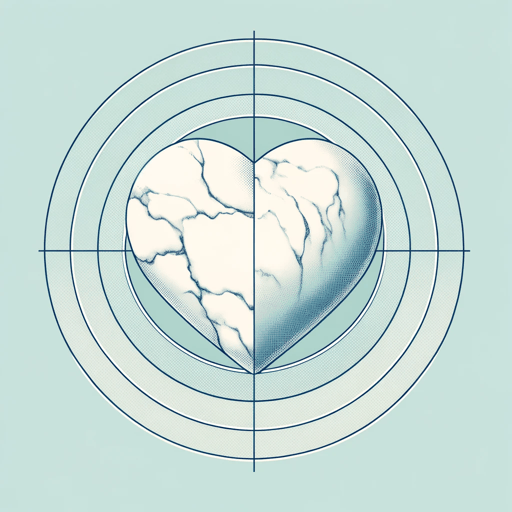
Ethan Brand
Nathaniel Hawthorne
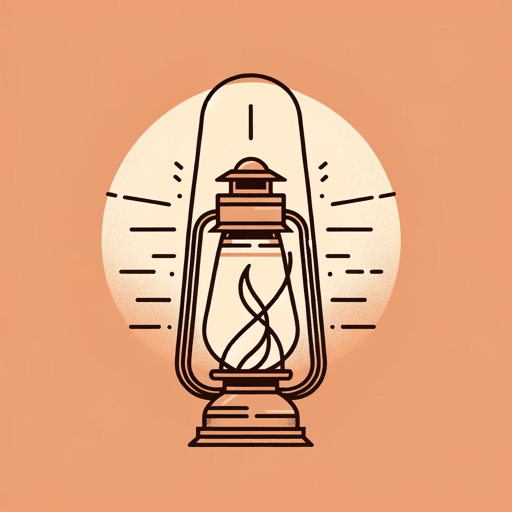
My Kinsman Major Molineux
Nathaniel Hawthorne
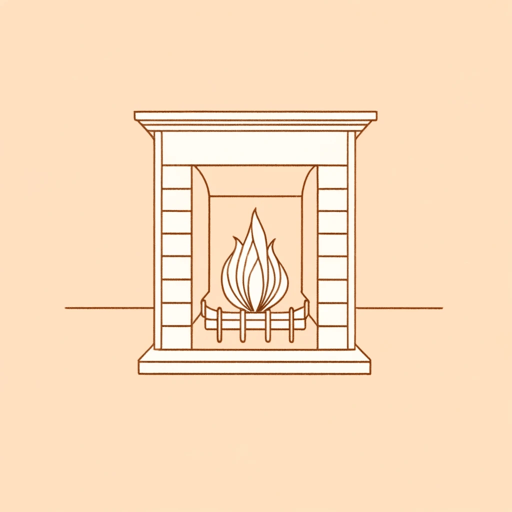
The Ambitious Guest
Nathaniel Hawthorne

The Artist of the Beautiful
Nathaniel Hawthorne
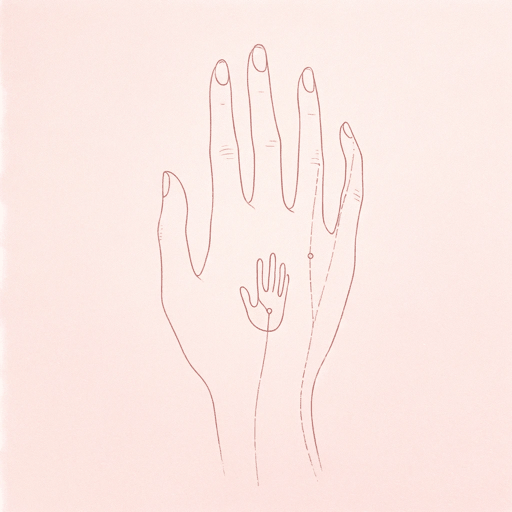
The Birthmark
Nathaniel Hawthorne

The Blithedale Romance
Nathaniel Hawthorne
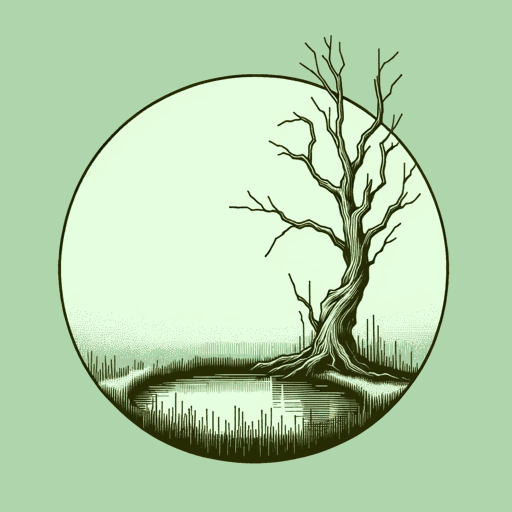
The Hollow of the Three Hills
Nathaniel Hawthorne
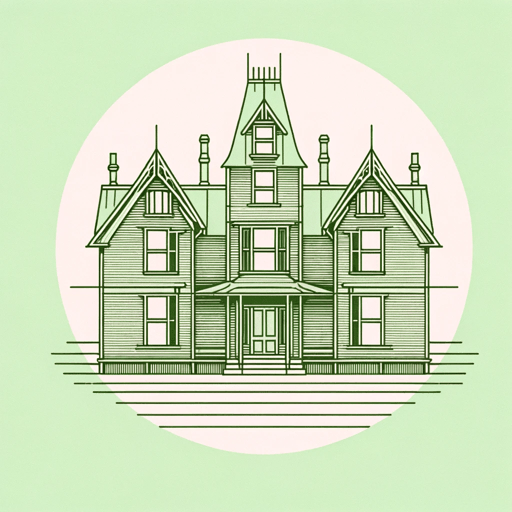
The House of the Seven Gables
Nathaniel Hawthorne

The Marble Faun
Nathaniel Hawthorne
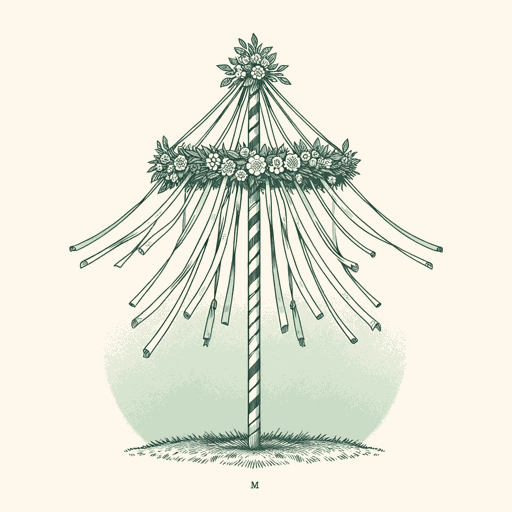
The Maypole Of Merry Mount
Nathaniel Hawthorne
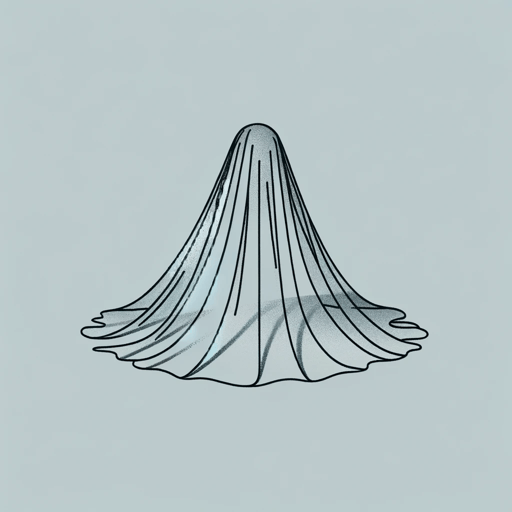
The Minister's Black Veil
Nathaniel Hawthorne
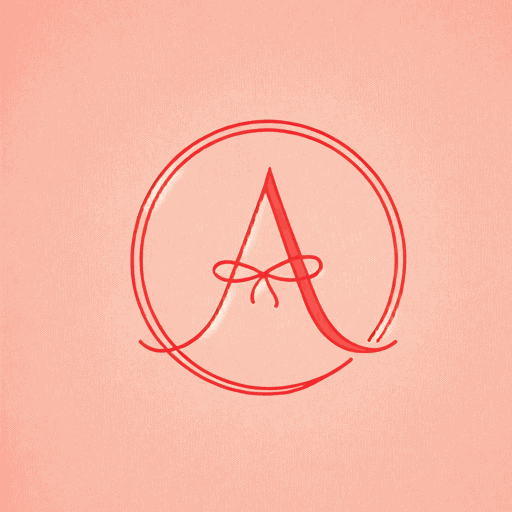
The Scarlet Letter
Nathaniel Hawthorne
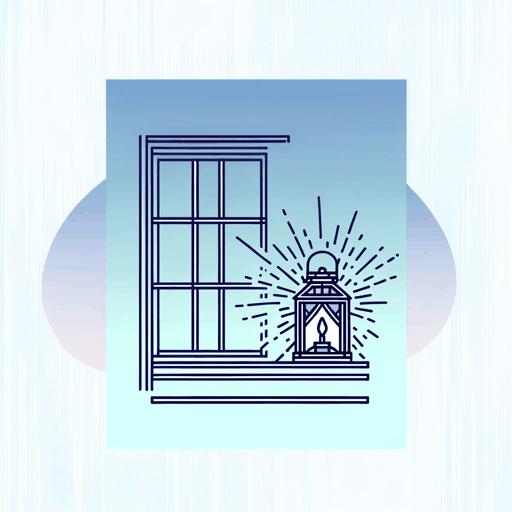
The Wives of the Dead
Nathaniel Hawthorne

Young Goodman Brown
Nathaniel Hawthorne

